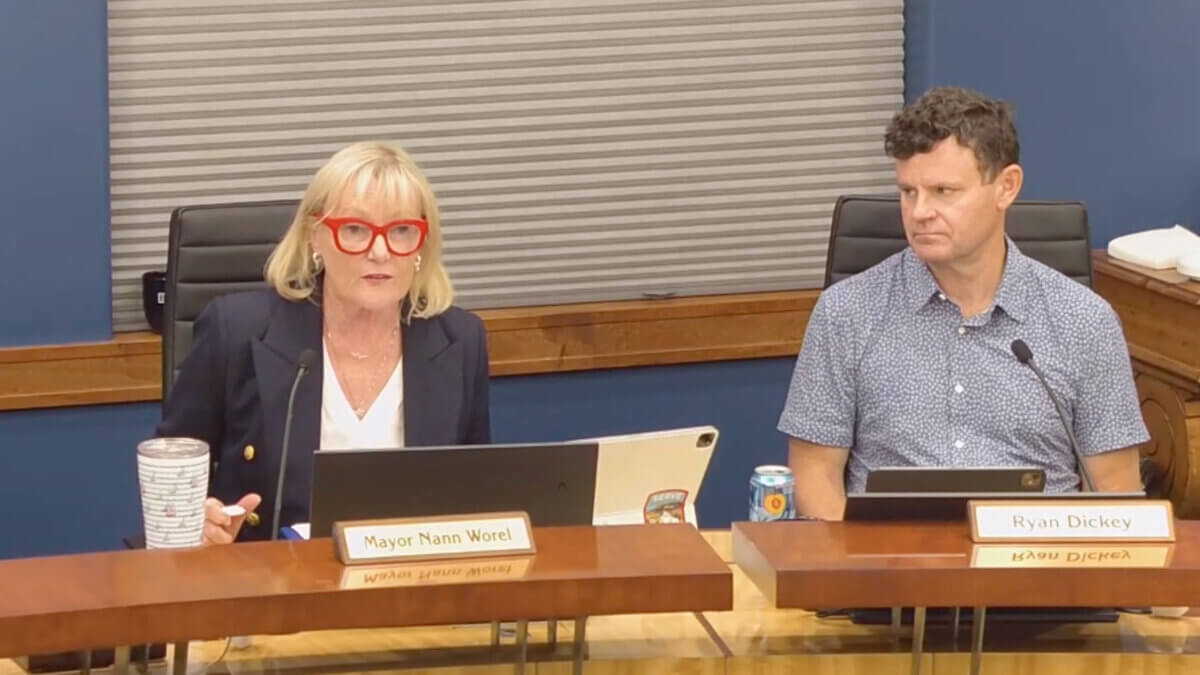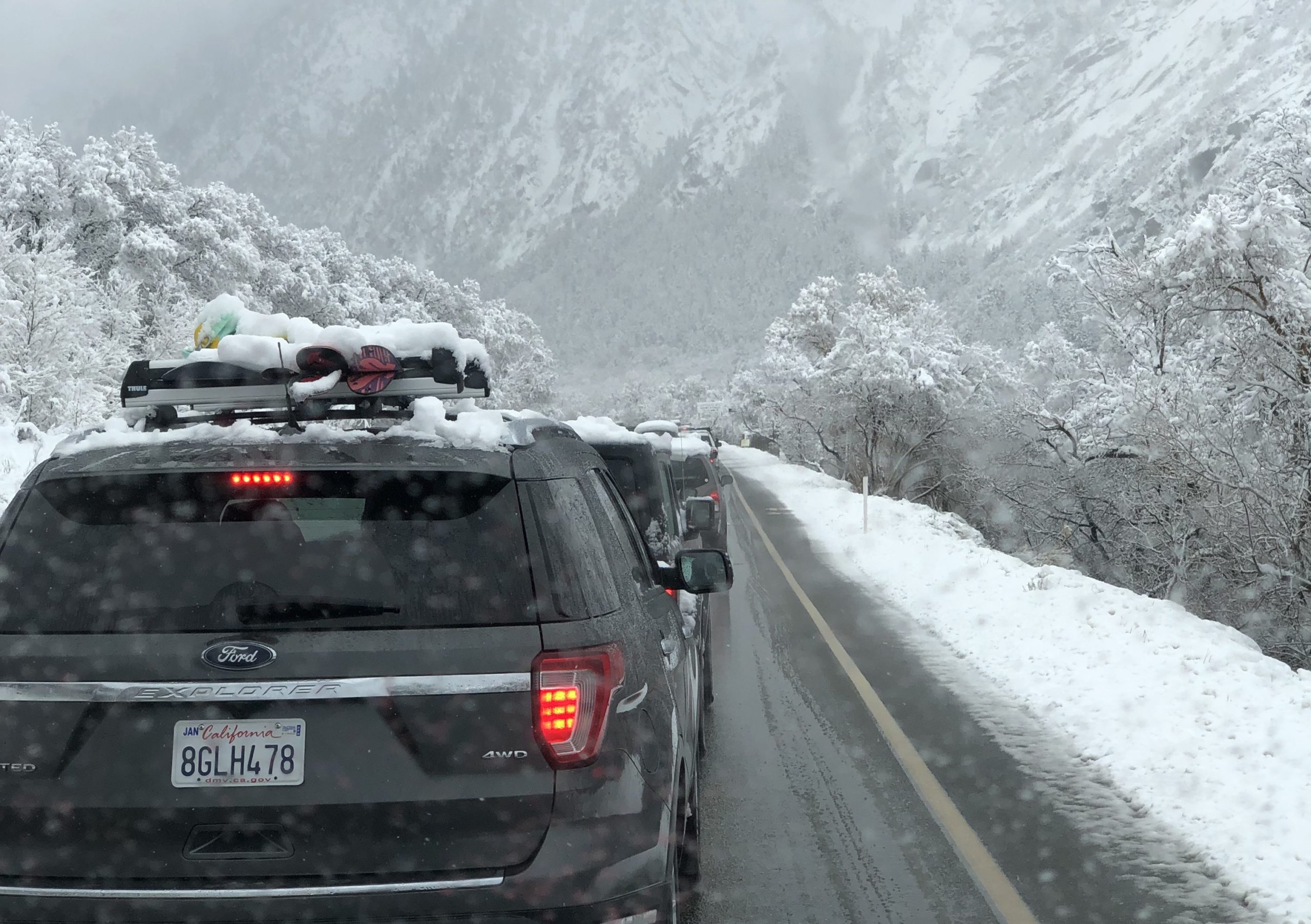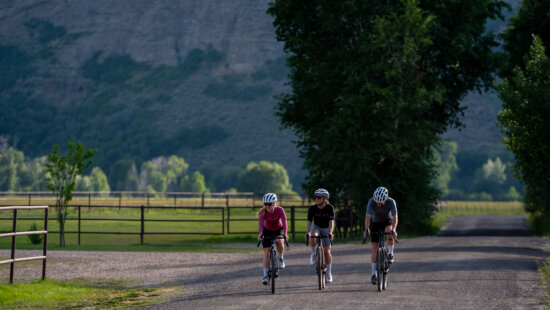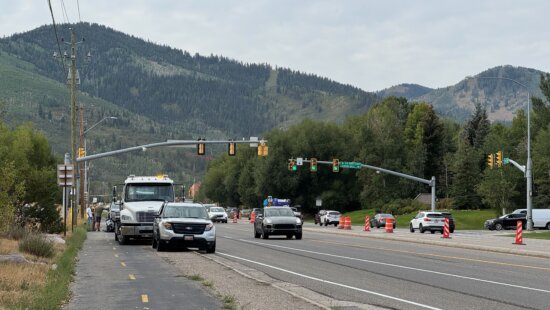Town & County
Park City Council signals support for BRT on S.R. 248, drops rail trail option

Park City Mayor Nann Worel speaks at Thursday's City Council meeting. Photo: screenshot via Park City Municipal
PARK CITY, Utah – The Park City Council on Thursday signaled that bus rapid transit (BRT) is the leading option for the S.R. 248 entry corridor, moving the project into a new phase of detailed analysis while removing the Rail Trail from further consideration.
City planner Connor Campobasso, joined by consultants Julia Collins and Shane Marshall, presented the latest findings from a year-long corridor study. The project is intended to meet the city’s 2034 timeline, both to accommodate expected Olympic visitors and to maximize opportunities for federal and state funding.
Campobasso noted that the study began in April 2023 with 12 possible modes ranging from gondolas and tunnels to light rail and automated guideway transit. Those alternatives have been narrowed through a two-step screening process that weighed technical feasibility, environmental impacts, and public input. Three modes—BRT, light rail, and automated guideway transit—remain under review. Initially, two alignments were being considered: along S.R. 248 itself or via the Rail Trail.
Public outreach, however, has produced a clear verdict. At an Aug. 5 neighborhood meeting in Prospector, Campobasso said 98% of attendees opposed routing transit onto the Rail Trail. Written comments and dozens of follow-up emails echoed that sentiment.
Council members aligned with those concerns. “Our job is to represent what our community is asking for,” Councilor Jeremy Rubell said. “Not only is this compelling, but it also aligns with our general plan around natural setting and outdoor recreation. I’m comfortable eliminating the Rail Trail from consideration.”
Councilor Ed Parigian put it more directly: “Hard no on the Rail Trail. When I ran two years ago, I got asked in Prospector all the time about it. I said then it wasn’t going to happen.”
With the Rail Trail set aside, council members focused on the challenges of implementing BRT. Several cited cost uncertainty as a key concern. BRT along S.R. 224 was originally projected at $35 million but has since ballooned to more than $100 million. “If we’ve seen costs triple on 224, what are we looking at on 248?” Rubell asked.
Councilor Parigian emphasized the need to assess BRT’s long-term financial footprint. “This is a generational investment,” he said. “Let’s look at it over 30 years. What does that cost, including operations and maintenance? And how does it compare with rail?”
Bus storage and fleet expansion were also flagged as issues. A full BRT system would require additional vehicles and a larger bus barn, raising both capital and operating expenses.
Traffic congestion downstream from S.R. 248 was another focal point. Council members worried that adding bus lanes might ease entry but shift bottlenecks onto Bonanza Drive and Deer Valley Drive, where congestion already frustrates drivers. “If we just move the choke point further into town, we haven’t solved the problem,” Councilor Tana Toly said.
One possible solution is flex lanes, which could operate as dedicated bus lanes during peak times but revert to general traffic lanes at other hours. Council members asked staff for more analysis of how that option could affect traffic flow, particularly during the school commute.
Schools along S.R. 248 contribute heavily to morning congestion, and several councilors called for closer coordination with the district. Ideas floated included staggered start times, expanded school busing, or incentives to reduce parent drop-offs. “We need to think of this as a system,” Mayor Nann Worel said. “Transit alone can’t fix everything.”
Despite the questions, council members signaled growing alignment around BRT as the most practical option. Light rail and automated guideway transit remain in the study for now, but both face steeper cost and implementation hurdles.
Campobasso said the project is now moving from the initial screening phase into a more detailed “level two” analysis. That stage will include travel demand modeling, cost comparisons, ridership projections, and refined station locations. The aim is to identify a “locally preferred alternative” by early 2025, which would then proceed to the federally required environmental review.
While council members emphasized that final decisions have not been made, Thursday’s discussion marked a clear turning point. The Rail Trail option is no longer on the table, and BRT on S.R. 248 has emerged as the frontrunner.
Residents Urge Focus on Buses, Data and Neighborhood Impacts
Public comment Thursday night reflected a mix of technical suggestions and broader concerns about how Park City tackles its transportation challenges.
Jason Ledyard, an engineer and contractor who lives along the Rail Trail, urged the city to prioritize buses over more expensive options such as light rail. He noted that a light rail system could cost upwards of $150 million, “exponentially more” if placed underground. Instead, he said, Park City should focus on frequent, reliable express buses that riders can count on without guessing when the next one will arrive. “It should feel like the airport shuttle,” Ledyard said, calling for buses that run often and are equipped to match the expectations of local residents and visitors.
Several speakers emphasized neighborhood impacts. One Prospector resident, calling into the meeting from a home backing onto S.R. 248, described the daily difficulty of entering and exiting the subdivision. “Pulling out on Wyatt is a daring move,” he said, urging the city to keep local access in mind as it considers long-term options.
Others voiced appreciation for the council’s willingness to gather community input, while warning against ideas that could alter Park City’s small-town character. “I was surprised to hear that light rail and monorail might still be in the conversation,” said Kathy Hunter. “Those don’t match small-town Park City.”
Ideas also ranged beyond formal transit systems. John Fry suggested the city look at informal “organic rideshare” models seen in other communities, where drivers pick up passengers heading to the same destination, sometimes for a small cash exchange. He noted that similar patterns already occur outside ski resorts as visitors avoid parking fees by carpooling or hitchhiking.



















